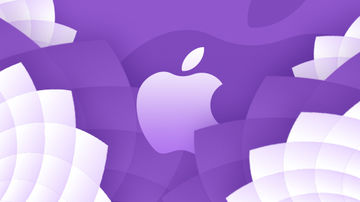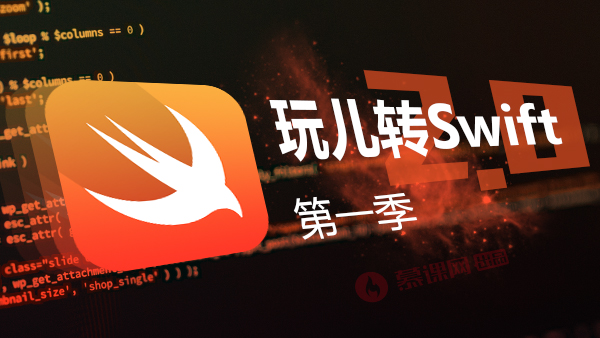1. 场景还原
如图,三种cell的tableView:

三种cell.gif
后台返回的json数据如下:
{ "result": true, "data": { "list": [ { "type": 0, "title": "第一种cell,图片在左边", "image": "number_1"
}, { "type": 1, "title": "第二种cell,图片在右边", "image": "number_2"
}, { "type": 2, "title": "第三种cell,图片在中间", "image": "number_3"
}, { "type": 0, "title": "老子反手就是一个呵呵哒", "image": "number_1"
}]
}, "msg": "ok", "code": 200, "executed": "0.0320830345"}类似于这种同种model,多种cell的tableView相信不少开发者在实际项目开发中都遇到过,我分享一下我的做法,谨以抛砖引玉。
2. 文件组织

2.1 什么是抽象基类?
只用于继承、不用于实例化的类。
3. 类族
类族,就是将子类的实现细节隐藏在抽象基类中。(个人理解)
这是抽象基类cell代码:
+ (instancetype)cellWithType:(CQClassClusterType)type { // 根据type创建对应的子类cell
switch (type) { case CQClassClusterTypeA:
{ return [[CQClassClusterCellA alloc] initWithStyle:UITableViewCellStyleDefault reuseIdentifier:CQClassClusterCellAReuseID];
} break;
case CQClassClusterTypeB:
{ return [[CQClassClusterCellB alloc] initWithStyle:UITableViewCellStyleDefault reuseIdentifier:CQClassClusterCellBReuseID];
} break;
case CQClassClusterTypeC:
{ return [[CQClassClusterCellC alloc] initWithStyle:UITableViewCellStyleDefault reuseIdentifier:CQClassClusterCellCReuseID];
} break;
}
}使用:
- (UITableViewCell *)tableView:(UITableView *)tableView cellForRowAtIndexPath:(NSIndexPath *)indexPath {
CQClassClusterModel *model = self.dataArray[indexPath.row];
CQClassClusterBaseCell *cell = [tableView dequeueReusableCellWithIdentifier:model.cellReuseID]; if (!cell) { // 类族模式
cell = [CQClassClusterBaseCell cellWithType:model.type];
}
[cell setModel:model]; return cell;
}4. demo
https://github.com/CaiWanFeng/iOS_Storage
demo所在位置:

作者:无夜之星辰
链接:https://www.jianshu.com/p/0dbe99e914ff

 随时随地看视频
随时随地看视频




